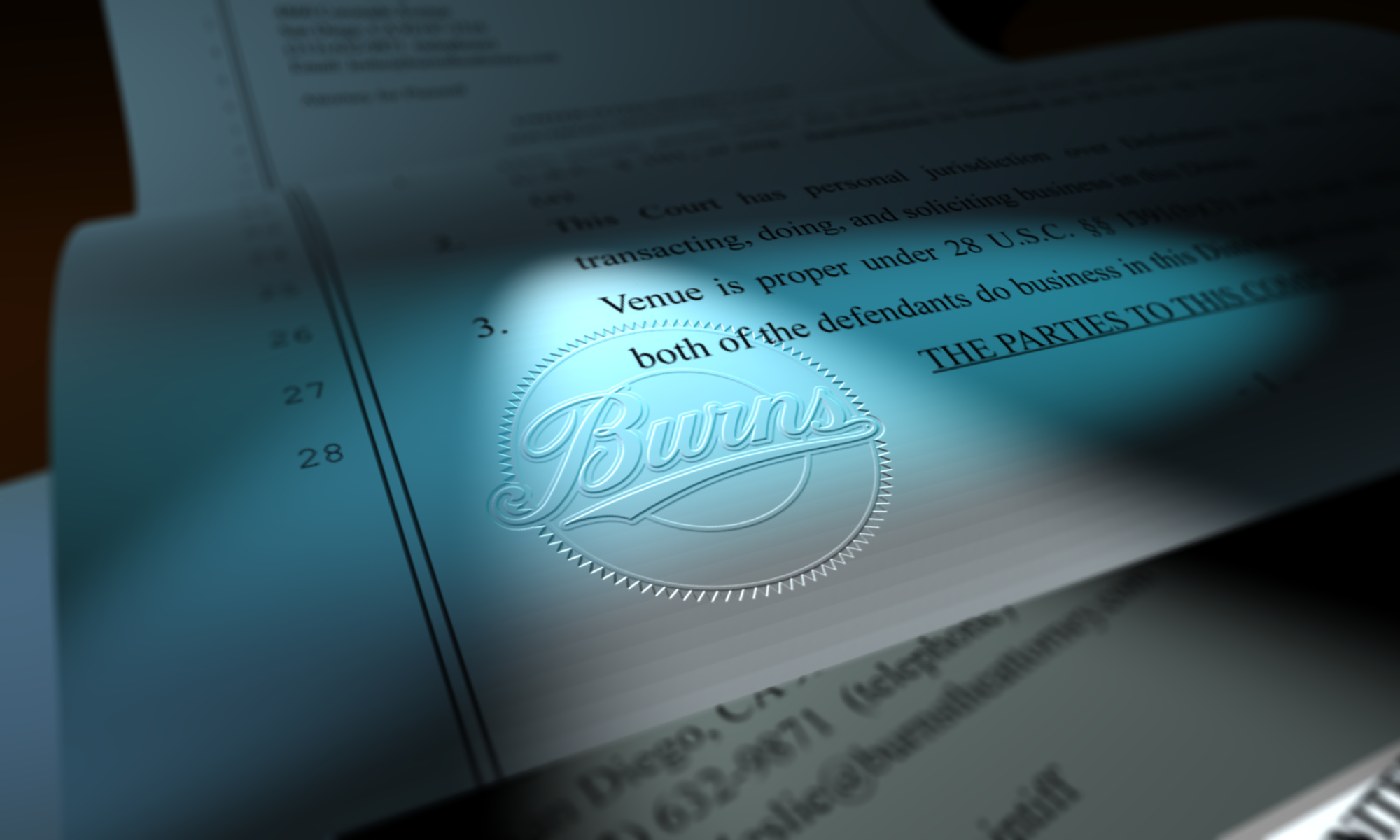As you may remember, back in late July I filed my first CCB case. Since then, I’ve filed two more, each for different clients. Today, I received notice that a claim had passed its initial review and could be served on the respondent–it is for the first case I filed.
So, what happens is that you get three emails from the CCB informing you that something has been filed in your case. Each email includes a link to an item filed. The first says that a Notice of Compliance and Direction to Serve had been filed; the second that the Service Packet had been, and the third that the Waiver of Service had been. The last two note that they are “restricted”–that is, the public cannot get access to those items. I could, of course, after logging in. When you get those emails, make sure to download copies of everything and add them to your folder for the case.
The Notice provides you with your instructions. It’s a one-page document explaining that your claim has passed its initial review and that you now have to serve the respondent(s)–that is, the people you are suing. You have 90 days to serve all respondents in your case. It also explains what service is, how to do it, what needs to be served (a notice, the entire claim with its exhibits, and an opt-out form), and also explains that you can ask the respondents to waive service and includes a link to the CCB Handbook where it explains service and waiving service.
There is a second page with the Notice: the Proof of Service form. That form must be filled out and filed with the CCB within 7 days of the completion of service.
The Service Packet includes a Notice of Official Government Proceeding, which explains that the respondent is being sued in the CCB and for what reason, and it provides instructions for the respondent. the Packet also includes the claim itself, including all the exhibits (if any). Finally, it includes a Form to Opt Out of Copyright Claims Board Proceeding which, duh, a respondent may use to opt out (or it may opt out online).
The Waiver of Service is optional, but it makes sense for both sides to waive formal service so download it, too. That filing includes a one-page Request to Waive Service of Notice of an Official Government Proceeding and a one-page Waiver of Service form. The Request must be filled out by you (or your attorney if you’re represented) and signed by you (or your attorney). You then send the completed and signed Request, a copy of the Waiver form, and a copy of the entire Service Packet to each respondent for that matter. You must also provide a self-adressed and stamped envelope for the return of the waiver form. DO NOT INCLUDE ANYTHING ELSE–that is, no nasty letters or even polite settlement offers–just send the forms (and SASE) as described. The CCB makes a big deal out of not including other stuff so follow its instructions–you don’t want to screw up service, even if it’s not formal service.
By the way, I highly encourage using the USPS Priority Mail system for this, in part because it is trackable and it can be a big pile of pages which you can send for a flat fee.
Now, for my matter, I also emailed everything to opposing counsel. That step is not required but since I knew the respondent was represented I did that out of courtesy. The email simply stated that the case had been filed and the documents were attached and were being sent via the USPS as well.
Respondents have 30 days to waive service if they choose. If you don’t hear from them by the end of that period, you should move forward with formal service. There are companies that will do that for you, if you need to do that. If the respondent here doesn’t waive service, I’ll explain about that when it happens. If it does waive service, then I will file that completed Waiver form with the CCB and then the Respondent will have 60 days to opt out if it chooses. If it does not opt out, then we’ll get a Scheduling Order from the CCB which will include the date the respondent’s answer to the claim is due.
But first things first… let’s see if the respondent waives service. It might also choose to re-open settlement negotiations in earnest, and it is possible the matter could settle before going much further. We’ll see!
